When the off-season period is not an obstacle for river crossing: advantages of uST technology
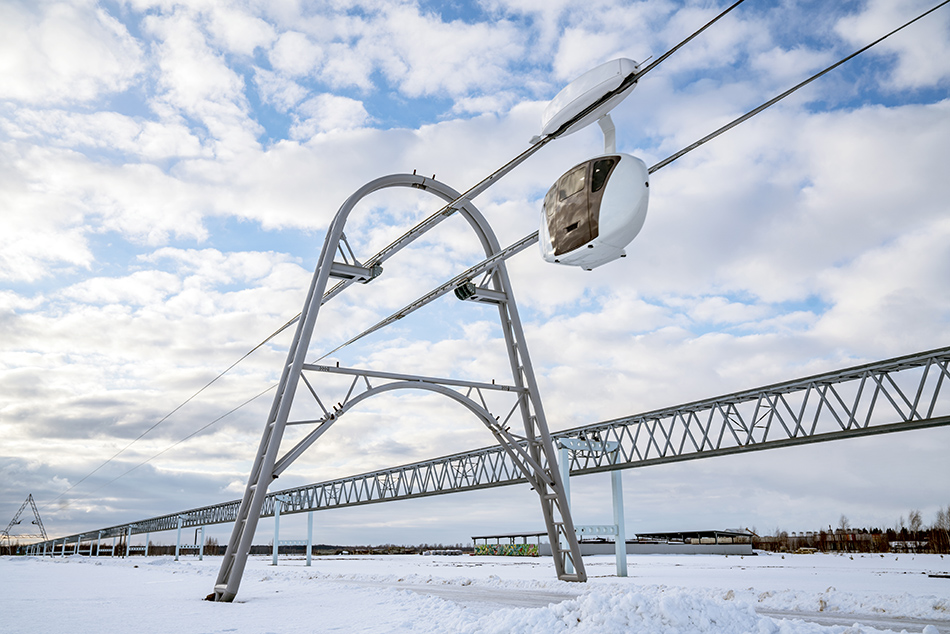
There are a number of areas where the efficiency of uST complexes, compared to any other means of transportation, will be especially noticeable. UST Inc. is starting a series of publications about "Effective solution", in which it will tell you about the advantages of its technology in solving non-standard transportation problems. In this article, you will learn how elevated complexes can become an alternative to conventional river crossings in the Far North.
Challenges of the river crossing: from ferries to helicopters
The Lena River divides the territory of the Republic of Sakha (Yakutia) into two parts. During the off-season period, from mid-April to the end of May, when crossing the river becomes more difficult, many settlements tighten their belts – being cut off from the Big Land, they do not receive the usual volumes of cargo. As a consequence, food prices rise, and a trip to Yakutsk for medical treatment becomes a very expensive venture.
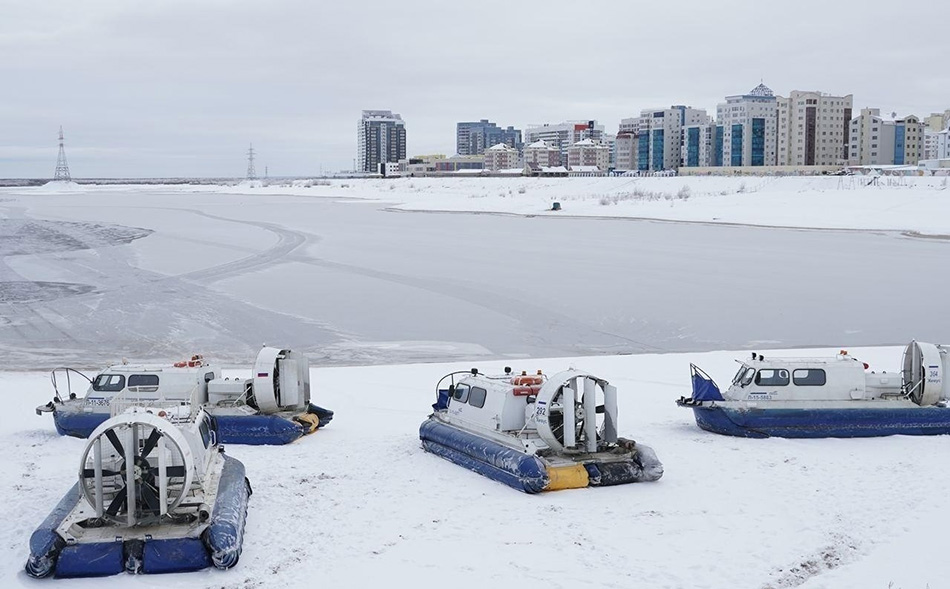
And this is not an isolated problem. Every year about a thousand ice crossings are built in Russia that are then replaced with ferries, which is not cheap at all. Moreover, the crossings sometimes cease to operate: for example, in summer this happens due to river shallowing.
The complexity of the situation is best illustrated by the Ob River crossing between the cities of Salekhard and Labytnangi in the Yamalo-Nenets Autonomous Okrug, where air-cushion vessels are used to transport people until the ice is firm, and helicopters are flying when they cannot be deployed. All this requires huge expenditures on fuel, maintenance and spare parts.
A less-costly car service can only be started once the ice is up, but it will run only until spring, approximately till May.
It is not easy to build a bridge in this place: the harsh climate and the fast flow of the Ob River prevent it.
When weather factors do not matter
This complicated situation can be solved by the uST transport and infrastructure complex, which can be used to create a permanent crossing independent of weather conditions and ice drifts on the river – the length of spans between supporting towers reaches 3 km. The track structure itself does not require an earth embankment and can be built in areas with swamps, permafrost or mountains.
Passenger and cargo vehicles can travel above ground at speeds of up to 150 km/h and at gradients of up to 15% (up to 50% in special versions).
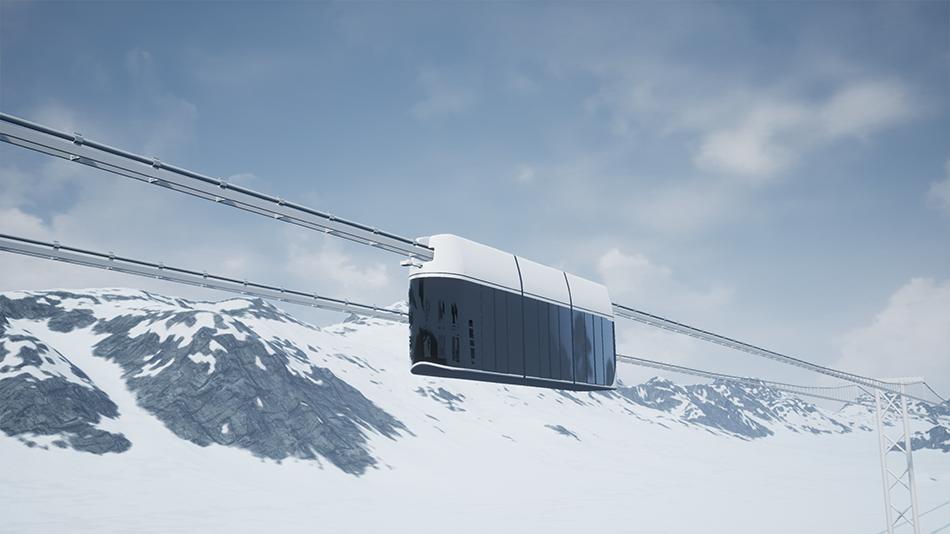
The string rail overpass itself is resistant to temperature changes between +60 and -60 °C due to pre-tensioning of strings. No de-icing salts are required for its winter operation.
The complex consumes a small amount of energy, and its rolling stock – unmanned electric uPods – is equipped with a whole set of sensors that prevent collision. In case of a power failure, the uPods can independently reach the end of the route using their own batteries.
Automated control systems exclude the human factor and allow uST complexes to be operated under any weather conditions all year round.
Location of the track structure high above ground minimizes the risks of traffic accidents and it does not interfere with wildlife migration, surface and ground water movement.
Thus, even under the conditions of the Far North, uST transport can become an economical and fast way to deliver various cargoes: from foodstuffs to construction materials and machinery.
More news
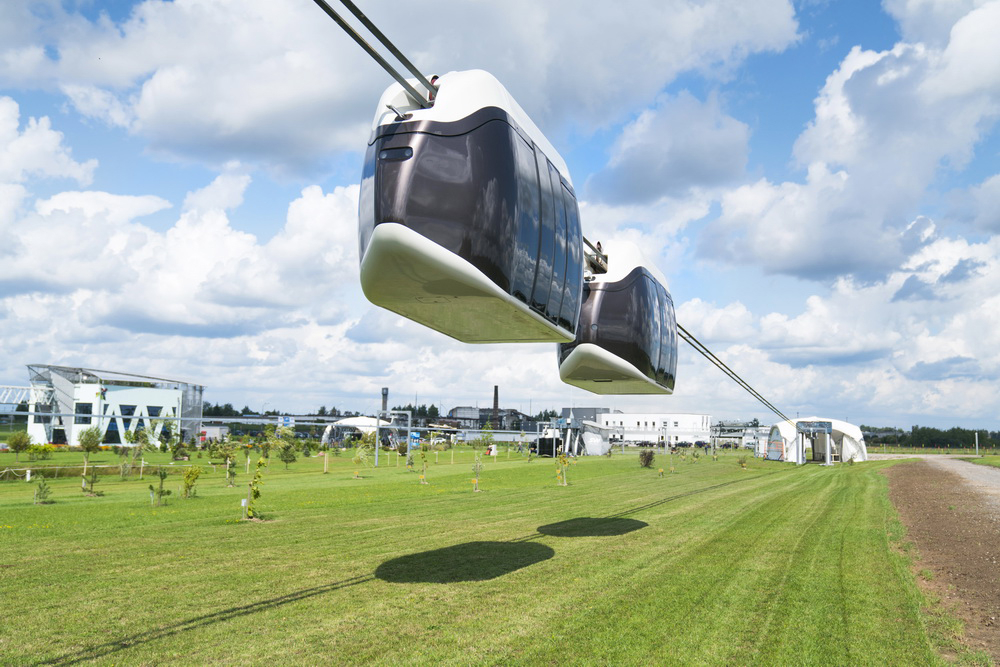
Opinion
1 April 2022
Innovations of Unitsky String Technologies Inc. Are in the Prestigious Scientific Publication
The journal “Strengthening Technologies and Coatings” has published a scientific article prepared by the staff of Unitsky String Technologies Inc. Among the authors is Anatoli Unitsky, General Designer of the Company.
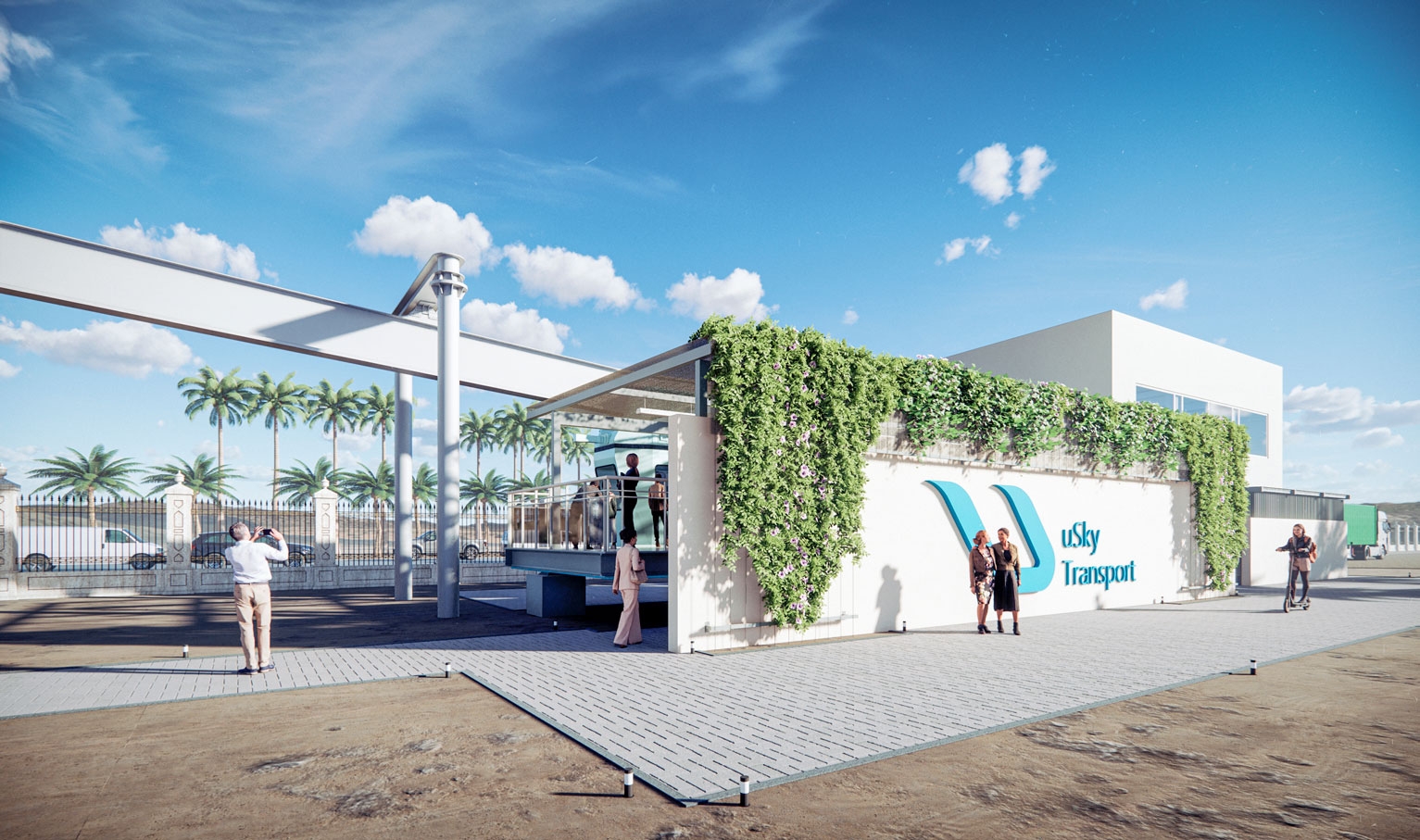
News
14 Junе 2023
At the uSky Center, Construction of a 2 km Long Transport Overpass Continues
At the uSky Test and Certification Center, the final stage of construction of transport overpass with semi-rigid track structure continues. At the moment, UST Inc.’s engineers are preparing to install a dead-end section, which will allow uPods to start from the ground level.
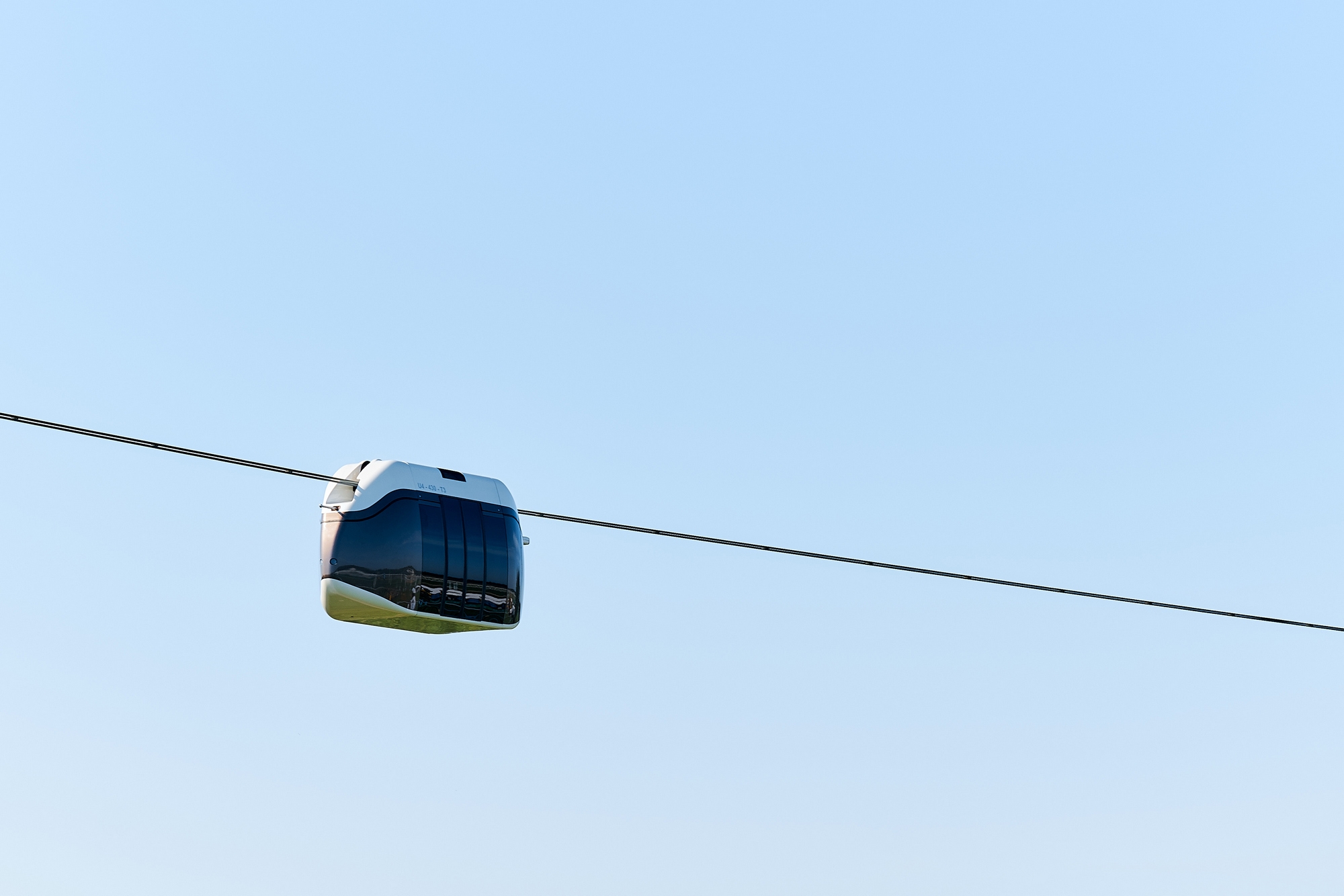
Blog
12 May 2023
Can Tesla Electric Cars Be as Safe as uST Transport?
Unmanned transportation has long been a trend in the automotive industry. However, the reliability of such vehicles is often questionable. However, a safe unmanned solution for passenger transportation has already been found.

